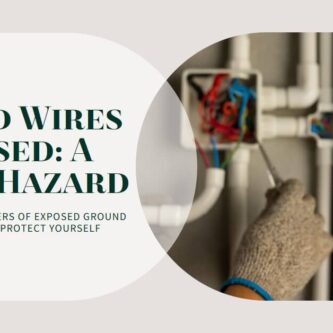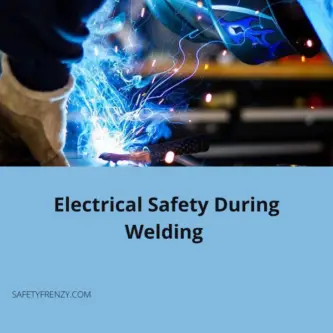Extension cords are a common solution for connecting electrical devices, especially when there are not enough outlets nearby.
However, it is important to know that extension cords have a limited capacity, and overloading them can lead to serious safety hazards.
In this article, we will discuss what happens when you overload an extension cord and how to use them safely.
What is an Extension Cord?
An extension cord is a flexible cable that is used to extend the reach of an electrical device. They are typically made of two or three insulated wires, surrounded by a protective sheath.
Extension cords come in different lengths, sizes, and shapes, and they can be used indoors or outdoors, depending on their rating and design.
Why Do Extension Cords Get Overloaded?
Extension cords have a limited capacity and are designed to handle a specific amount of electrical current.
Overloading an extension cord happens when you plug in too many devices that draw more current than the cord can handle. This can lead to overheating, melting, and even electrical fires.
What Happens When You Overload an Extension Cord?
When you overload an extension cord, it can cause several safety hazards, including:
- Overheating: Overloading an extension cord can cause it to overheat, which can melt the insulation and damage the wires inside. This can cause the cord to short-circuit, and in some cases, it can start a fire.
- Tripping Breakers: If you plug too many devices into an extension cord, it can trip the circuit breaker. This can lead to power outages, damage to your electrical devices, and even electrical fires.
- Damaging Devices: Overloading an extension cord can also damage your electrical devices. If you plug in too many devices that draw more current than the cord can handle, it can damage the devices or even cause them to fail.
How Can You Use Extension Cords Safely?
To use extension cords safely, follow these tips:
- Choose the right cord: Make sure you choose the right extension cord for your needs. Check the label to see if it is rated for indoor or outdoor use, and check the cord’s ampacity rating to see how much current it can handle.
- Check for damage: Inspect the cord before use to make sure there are no cracks, cuts, or other damage. Damaged cords should be repaired or replaced immediately.
- Avoid daisy-chaining: Never connect multiple extension cords together, as this can increase the risk of overloading and cause electrical hazards.
- Use for temporary use: Extension cords are designed for temporary use only. If you need a more permanent solution, consider hiring an electrician to install additional outlets.
- Avoid overheating: Do not run extension cords under carpets, rugs, or furniture, as this can cause them to overheat and increase the risk of fire.
Read my comprehensive article for more information about using extension cords for appliances.
Conclusion:
Overloading an extension cord can cause serious safety hazards, including fires, power outages, and damage to electrical devices.
To use extension cords safely, choose the right cord, check for damage, avoid daisy-chaining, use them for temporary use only, and avoid overheating.
Always be aware of the potential dangers of extension cords, and use them responsibly to prevent accidents.



